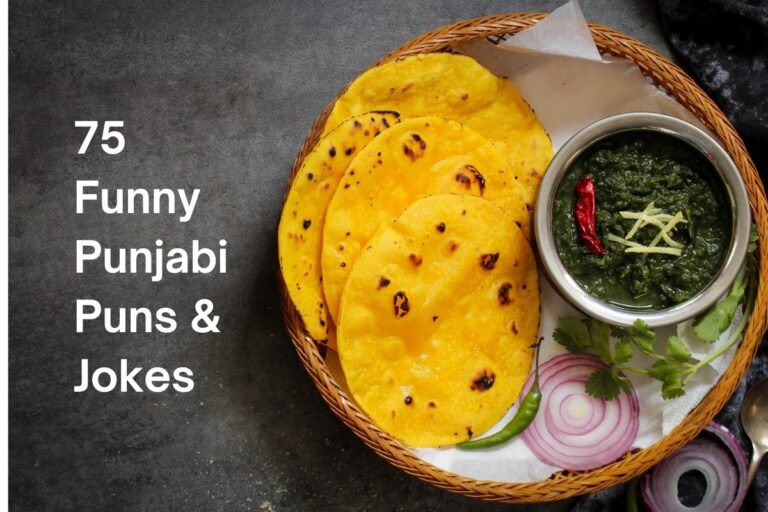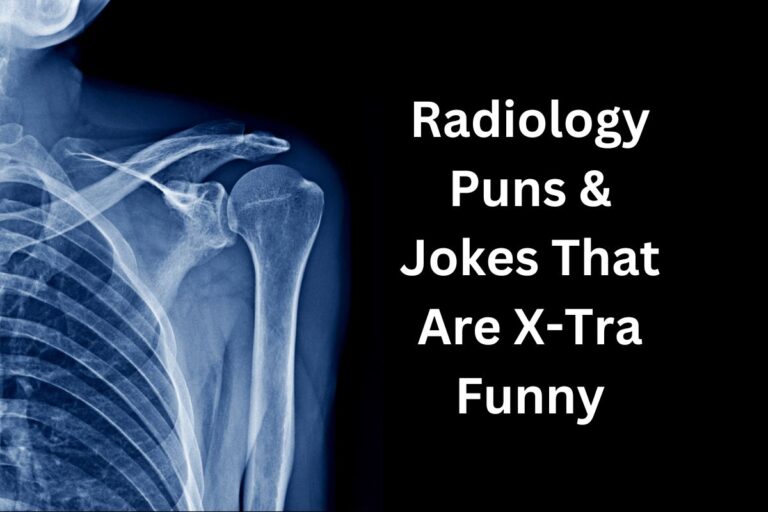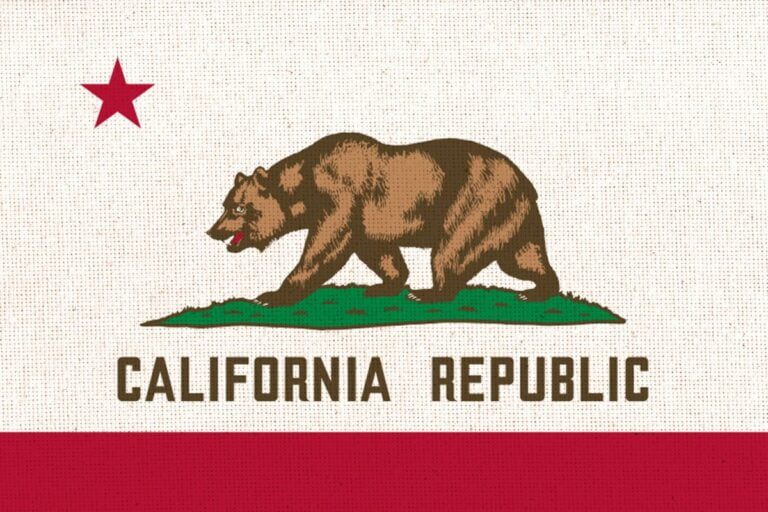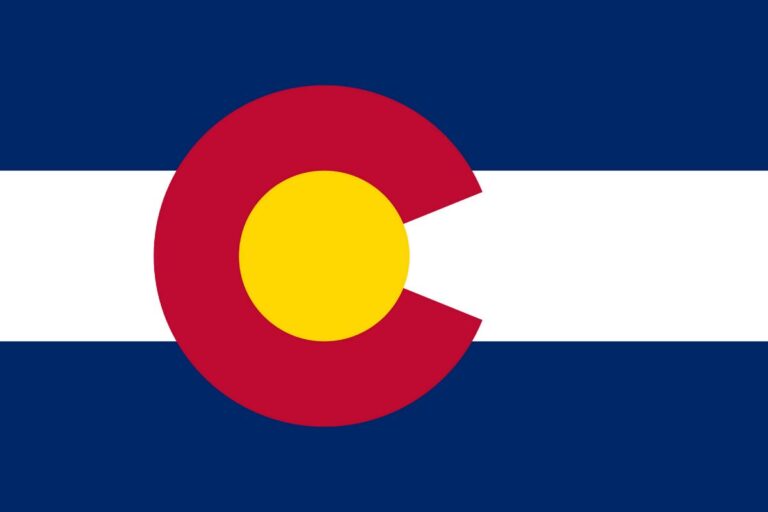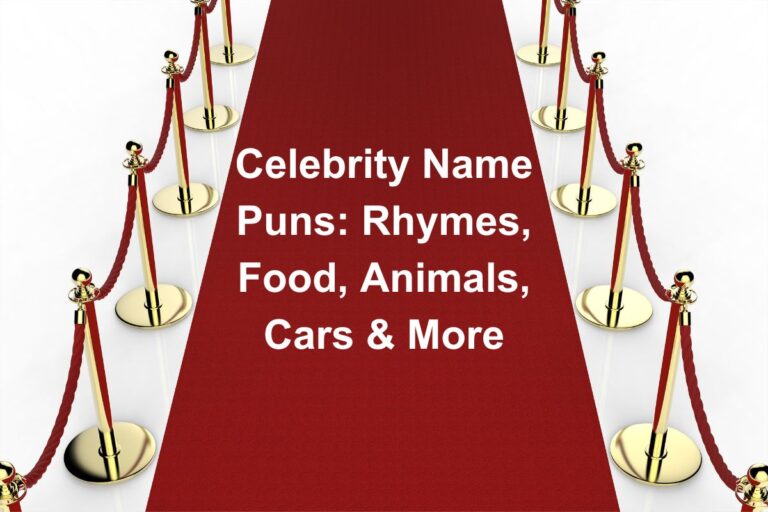What Are Puns & Why Do People Use Puns? (With Examples)
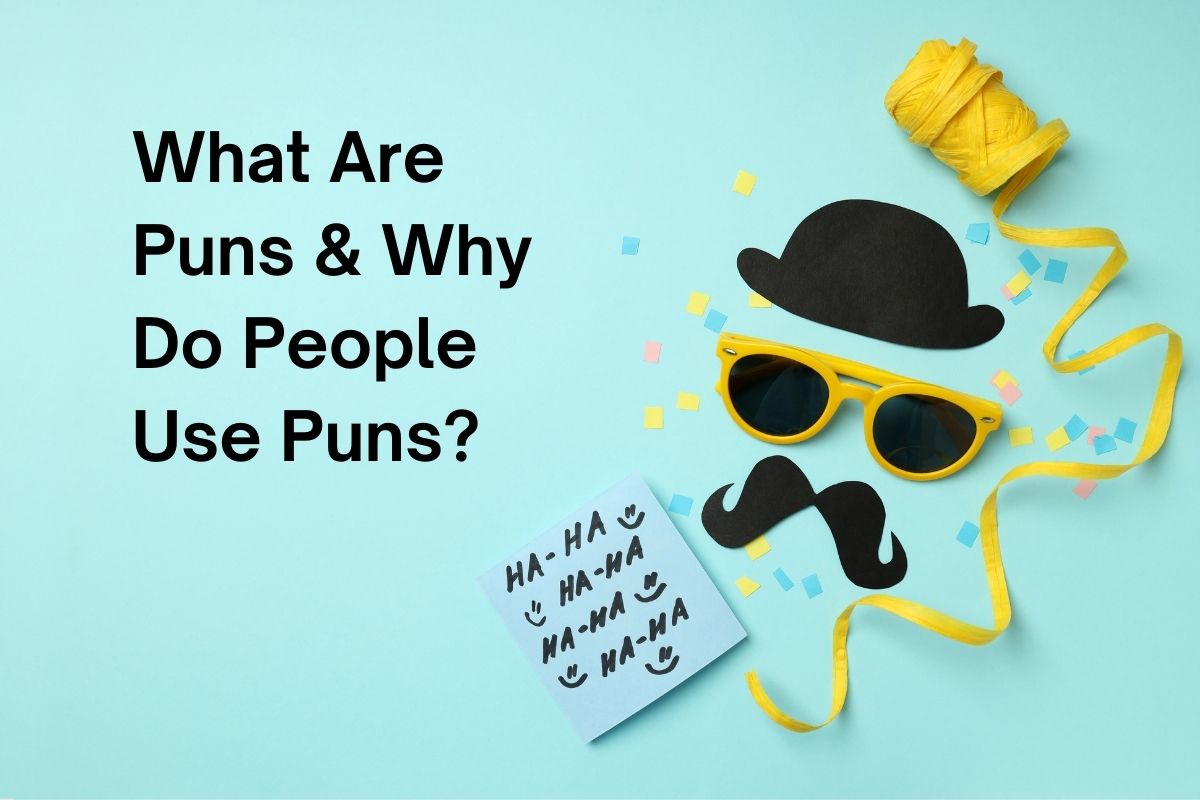
Have you ever found yourself laughing at a joke that made you groan and roll your eyes at the same time? Chances are, you’ve encountered a pun.
These little wordplays are everywhere, sneaking into our conversations, social media feeds, and even advertising. But what are puns exactly, and why do people love using them so much? Let’s dive in and find out!
What Are Puns?
In the simplest terms, a pun is a form of wordplay that exploits multiple meanings of a term, or similar-sounding words, for a humorous or rhetorical effect.
Cambridge Dictionary describes it as: “a humorous use of a word or phrase that has several meanings or that sounds like another word.”
So, you can think of them as the linguistic equivalent of a play on words. They might make you chuckle, groan, or even roll your eyes, but they always leave an impression.
Now, puns come in different flavors, each with its unique twist on language:
4 Types of Puns
1. Homophonic Puns
Homophonic puns play on words that sound alike but have different meanings. These puns rely on the phonetic similarity between words or phrases.
For instance, take the classic food pun: “I used to be a baker, but I couldn’t make enough dough.” Here, “dough” refers both to the bread mixture and money, creating a humorous connection between baking and finances.
2. Homographic Puns
Homographic puns, on the other hand, play on words that are spelled the same but have different meanings. These puns are all about visual similarity rather than sound.
For example, “A boiled egg every morning is hard to beat.” The word “beat” can mean to mix thoroughly or to surpass, making this pun both clever and versatile.
3. Compound Puns
Compound puns involve multiple puns within a single sentence, creating a layered effect. They are like the inception of the pun world, adding depth and complexity.
An example is a tech pun like: “When the electricity went out, the students were de-lighted.” Here, “de-lighted” plays on both the loss of light and the students’ delight at not having to study.
4. Visual Puns
Visual puns rely on images or graphics to convey the pun. These are especially popular in advertising and memes, where a picture can enhance the wordplay.
For instance, a picture of a clock with wings captioned “Time flies” is a simple yet effective visual pun that combines imagery with a play on words.
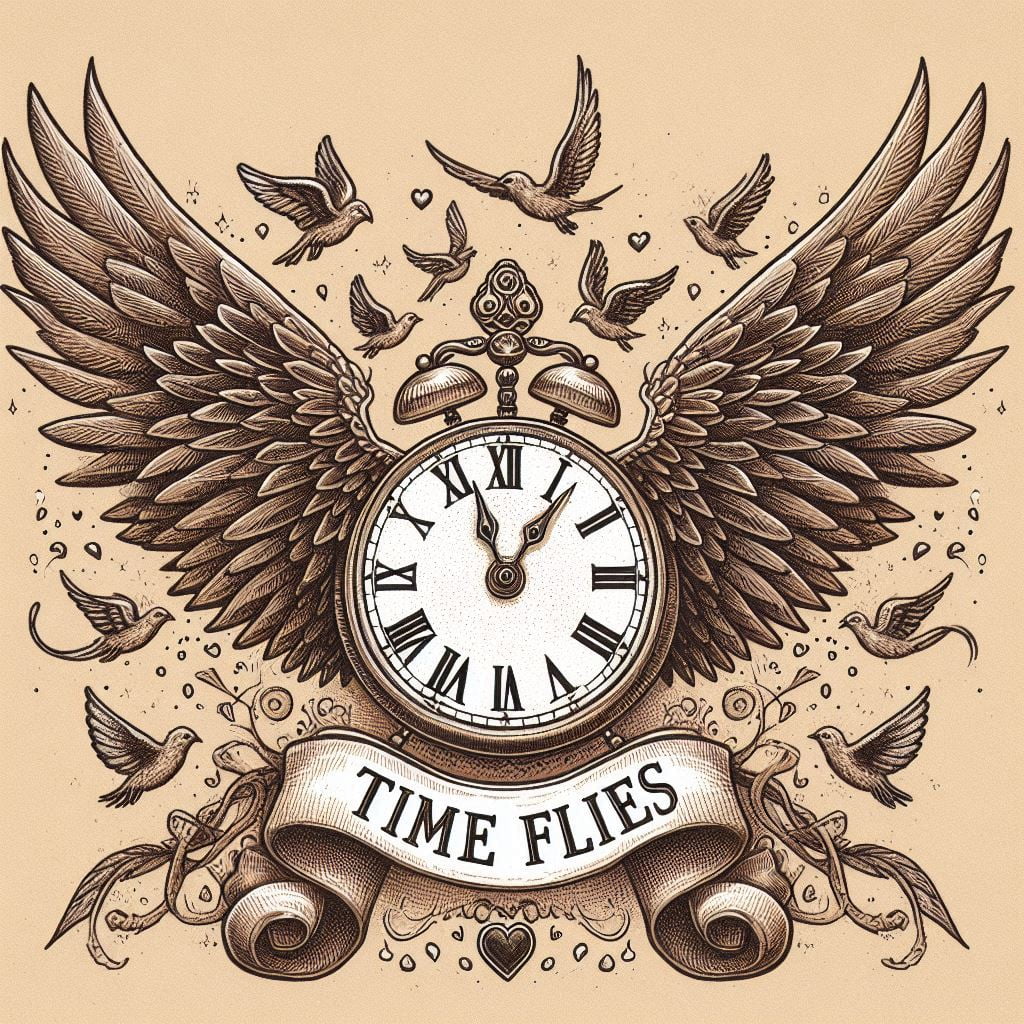
5 Examples of Some Puns
To get a better sense of what puns are, here are 5 fun examples that show how versatile and entertaining they can be:
- “I’m reading a book on anti-gravity. It’s impossible to put down.”
- This is a classic homophonic pun, playing on the double meaning of “put down.”
- “I used to be a banker, but I lost interest.”
- Another homophonic pun, this one juggles the meanings of “interest” as both curiosity and financial gain.
- “The mathematician’s garden was full of natural logs.”
- This homographic pun uses “logs” to mean both tree logs and logarithms.
- “A bicycle can’t stand on its own because it’s two-tired.”
- Here’s a playful homophonic pun with “two-tired” sounding like “too tired.”
- “The scarecrow won an award because he was outstanding in his field.”
- This compound pun plays with “outstanding” both as a commendable quality and literally standing out in a field.
Check Out: History of Puns from 4,000 BCE to The Middle Ages & 21st Century
Why Do People Use Puns?
So, why are puns so popular? Here are a few reasons people can’t resist a good pun:
Humor and Fun
At their core, puns are meant to entertain. They bring a lighthearted touch to conversations and can quickly lighten the mood.
Whether it’s a witty remark in a chat with friends or a clever tagline in an advertisement, puns are designed to elicit smiles and laughs.
This element of fun is why puns are often associated with jokes and comedy.
Creativity
Puns showcase a person’s ability to think outside the box. They require a certain level of linguistic dexterity and a keen sense of timing.
Crafting a good pun is like solving a puzzle; it involves finding the perfect words that fit together in unexpected ways.
This creativity is why puns are a favorite among writers, comedians, and anyone who loves playing with language.
Engagement
In social settings, puns serve as great icebreakers. They catch people’s attention and can make interactions more memorable
A well-placed pun can be the perfect conversation starter, making it easier to connect with others.
Whether you’re at a party, a meeting, or just chatting online, a clever pun can make your interaction stand out.
Breaking the Ice
Awkward silence? Tense atmosphere? A well-timed pun can diffuse tension and help people relax.
It’s a way to bridge gaps and create a shared moment of amusement. In professional settings, puns can also serve as a subtle way to introduce humor and foster a more relaxed environment.
Cultural Relevance
Puns often rely on shared knowledge and cultural references, making them a way to connect with others who get the joke.
They can be a subtle nod to shared experiences or interests. This cultural aspect makes puns a powerful tool in advertising, where brands use them to create memorable and relatable campaigns.
Check Out: How to Make Puns in 5 Simple Steps (With Practical Examples)
5 Reasons Why Are Puns Effective?
Now, let’s explore how puns work on multiple levels that makes them so effective:
Double Meanings
The core of a pun is its ability to convey multiple meanings at once. This cleverness is what makes people appreciate and remember them.
For instance, in the pun “Time flies like an arrow; fruit flies like a banana,” the phrase “like a” shifts meaning, creating a humorous and thought-provoking sentence.
Element of Surprise
Puns often play on the unexpected, catching people off guard with a twist in meaning. This surprise element is key to their humor and impact.
A pun’s punchline can change the direction of a sentence, leading to an amusing and often enlightening conclusion.
Memorability
Because puns play with language in unique ways, they tend to stick in people’s minds. A good pun can be more memorable than a straightforward statement.
This is why puns are frequently used in advertising slogans and brand names—they are easy to remember and recall.
Emotional Connection
Humor creates an emotional response, whether it’s laughter, a groan, or a smile. This emotional reaction helps forge connections between people.
When we share a pun, we share a moment of amusement, which can strengthen social bonds and make interactions more enjoyable.
Versatility
Puns can be used in various contexts, from casual conversation to marketing and literature. Their adaptability makes them a valuable tool in communication.
Whether you’re writing a speech, creating content for social media, or just trying to make someone laugh, a well-crafted pun can enhance your message.
Final Thoughts
In a nutshell, puns are more than just cheesy jokes—they’re a fascinating form of wordplay that taps into our love for language and humor.
They can break the ice, showcase creativity, and leave a lasting impression. Whether you’re groaning at a dad joke or chuckling at a clever play on words, puns are a testament to the playful side of human communication.
So next time you come across a pun, take a moment to appreciate the wit behind it. And who knows, you might find yourself slipping a few into your own conversations.
After all, in the world of puns, the possibilities are endless!

